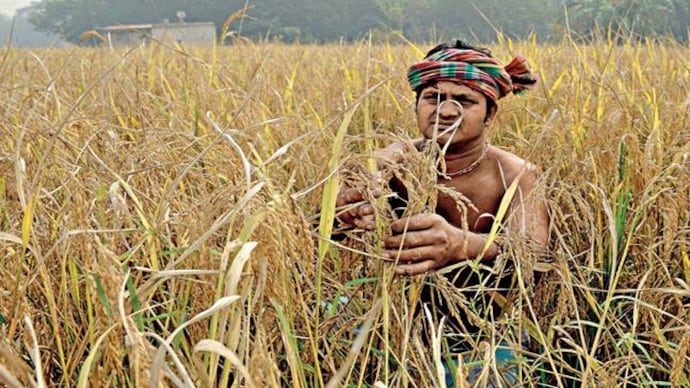Lost and found
Traditional rice strains are flourishing again in West Bengal. An indigenous grain revival project at the Agricultural Training Centre in Fulia in West Bengal's Nadia district has already helped cultivate seeds for some 400 varieties for distribution to local farmers.

Eight hundred lost strains of rice, including 60 of the most aromatic kind and 50 kinds of red rice with precious medicinal qualities, are set to make a comeback in West Bengal. An indigenous grain revival project at the Agricultural Training Centre in Fulia in West Bengal's Nadia district has already helped cultivate seeds for some 400 varieties for distribution to local farmers.
"Once these seeds reach the farmers, Bengal will witness a Green Revolution like in Punjab," says Anupam Paul, assistant director of agriculture at the centre. Paul says the traditional strains, which were once the staple in the state, can be cultivated at two-thirds the cost of raising modern hybrid varieties. These can be grown without chemical fertilisers, and after three seasons farmers can use a part of their produce as seeds, he adds.
Paul says agriculture minister Purnendu Bose has been avidly backing the project. Of the over 5,500 traditional varieties of paddy recorded through the centuries in Bengal, many may have been lost forever. The centre tracked down several strains in other states. The much-in-demand Kerala Sundari variety disappeared from its original habitat in Purulia, but still survives in faraway Kerala. Rani Akanda, a highly flavourful variety, was rediscovered on farmer Samatul Mondal's holding in Howrah district.
Poised to reintroduce 58 aromatic rice varieties, including some with a big global demand, the state government is looking to transform West Bengal into the 'aromatic rice bowl of the world'.
